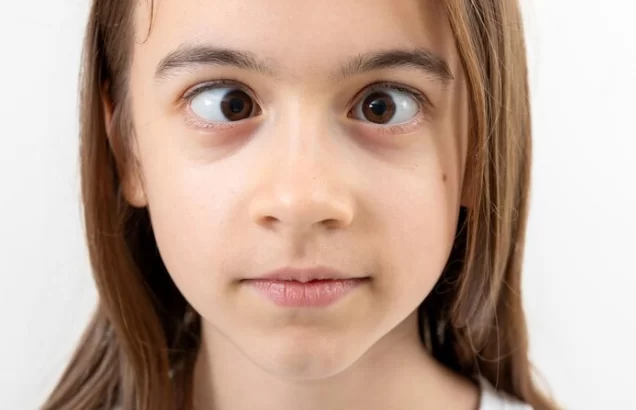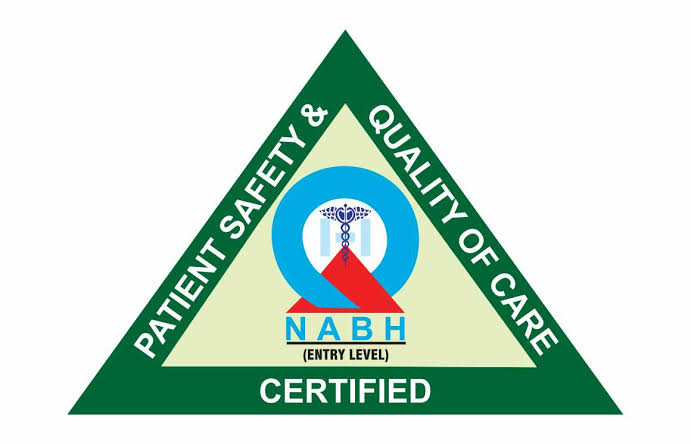Squint

Squint
Also known as strabismus, a squint occurs when the eyes are misaligned and point in different directions. Beyond the aesthetic concerns, squints can cause double vision and may indicate underlying issues with eye muscle control or vision development. Our specialists offer tailored treatments to align the eyes and restore binocular vision, including eye exercises, glasses, or corrective surgery.
But what exactly causes squint?
- Muscular Imbalance: Sometimes, weakness or paralysis of the muscles responsible for eye movement can lead to squint.
- Nerve Disorders: Conditions affecting the nerves that control eye movements, such as cranial nerve palsies, can also contribute to squinting.
- Genetics: If squint runs in your family, you may be more predisposed to developing it yourself.
- Refractive Errors: Uncorrected vision problems, like nearsightedness or farsightedness, can play a role in causing squint.

In addition to our advanced equipment, our hospital features modular operation theatres equipped with state-of-the-art surgical instruments and technology to ensure safe and precise eye surgeries. We also employ advanced monitoring and recording systems to monitor patient’s physiological parameters during procedures continuously, ensuring comprehensive care.
1. What are the symptoms of squint?
Symptoms of squint may include misaligned eyes, double vision, eye strain, headaches, difficulty focusing, and trouble with depth perception.
2. Can squint cause vision problems?
Yes, squint can lead to vision problems such as amblyopia (lazy eye) if not treated promptly. Amblyopia occurs when the brain favours one eye over the other, leading to reduced vision in the weaker eye.
3. How is squint treated in children?
Treatment for squint in children may include corrective eyeglasses, patching therapy to strengthen the weaker eye, vision therapy exercises, and in some cases, surgery to realign the eye muscles.
4. Is squint surgery painful?
Squint surgery is typically performed under general anesthesia, so the patient does not feel pain during the procedure. Some discomfort or soreness may occur after surgery, but this can usually be managed with pain medication.
5. Can adults with squint undergo treatment?
Yes, adults with squint can undergo treatment, although the success of treatment may depend on factors such as the severity of the squint, the underlying cause, and the individual’s overall eye health.
6. What are the benefits of treating squint?
Treating squint can improve eye alignment, restore binocular vision (the ability to use both eyes together), prevent vision loss in the weaker eye, and improve appearance and self-confidence.
7. How long does it take to see results from squint treatment?
The timeline for seeing results from squint treatment varies depending on the type of treatment and the individual’s response. In some cases, improvements may be noticeable within weeks or months, while others may require longer-term therapy.
8. Can squint recur after treatment?
While rare, squint can recur after treatment, especially if the underlying cause is not fully addressed or if there are factors contributing to eye muscle imbalance. Regular follow-up appointments with an ophthalmologist are important to monitor eye alignment and detect any recurrence early.

